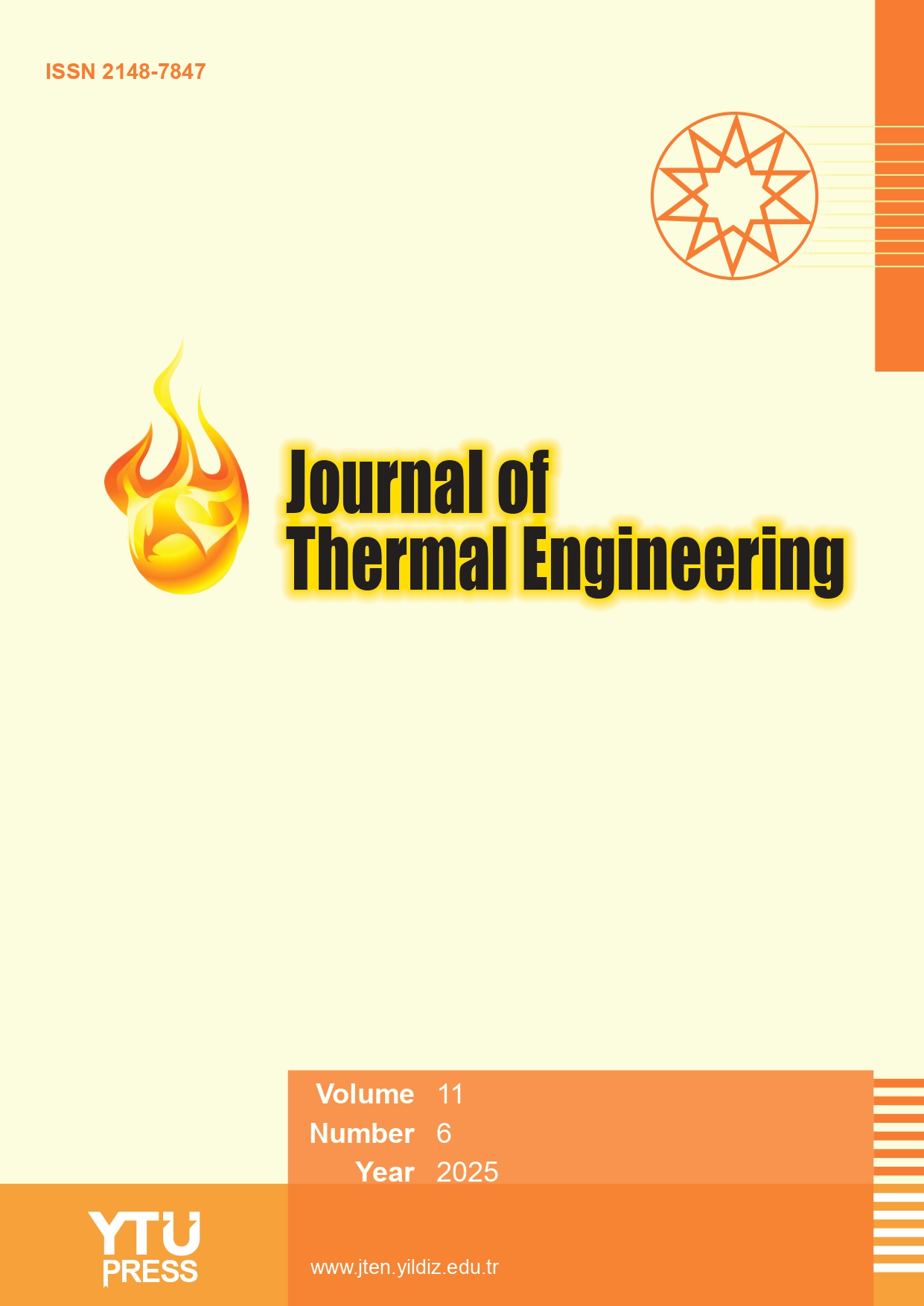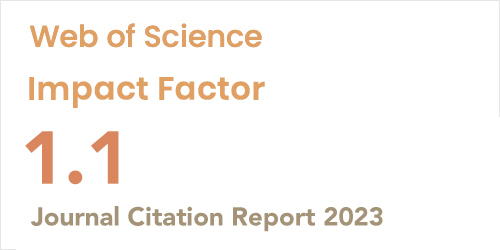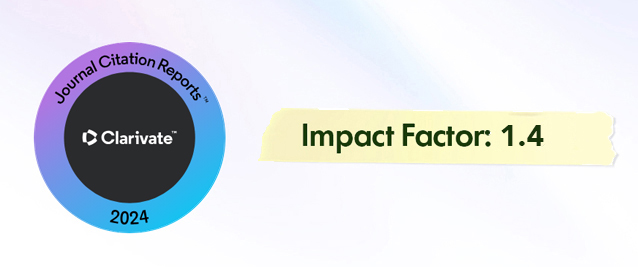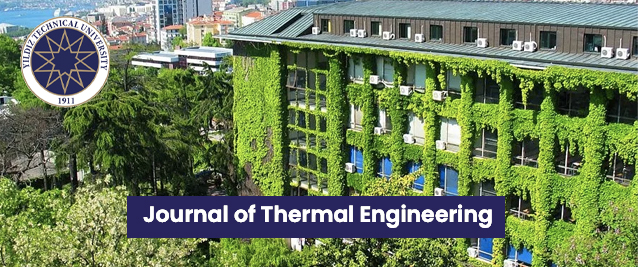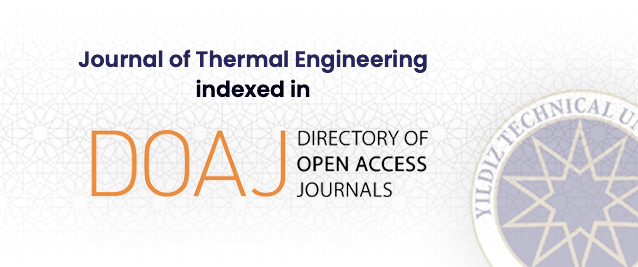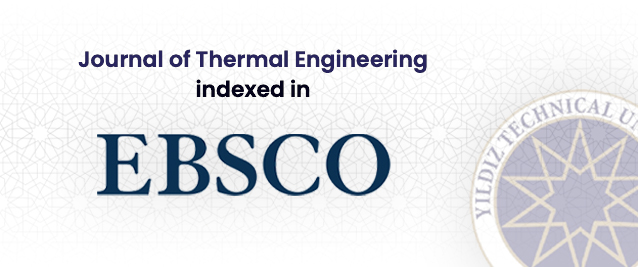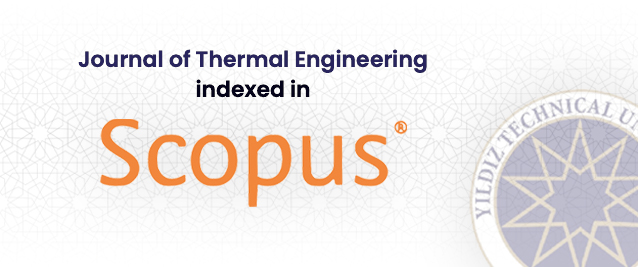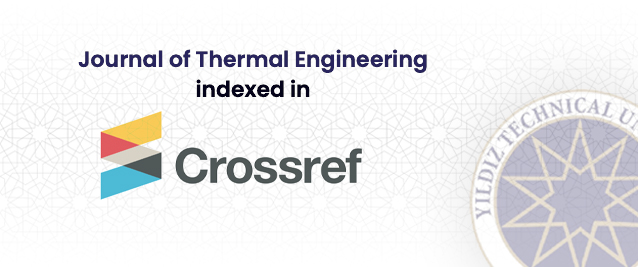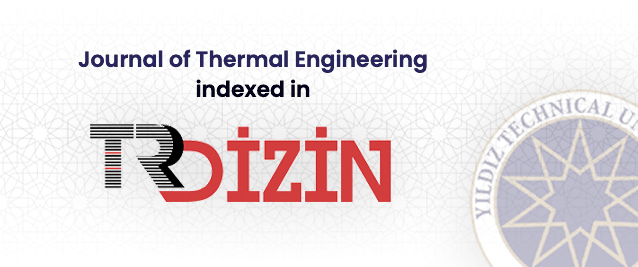2Department of Research and Development, JSW Steel Ltd.-Salem Works, 636 453, India
3Department of Energy and Environment, National Institute of Technology, Tiruchirappalli, 620 015, India
Abstract
Steel-making industries use preheated ladles to transfer molten steel from primary to secondary facilities. The preheating process removes moisture, reduces thermal shock, protects the refractory lining, and minimizes temperature drop, but it emits substantial heat through the flue gas. This study introduces a novel, low-cost heat exchanger designed specifically for waste heat recovery in ladle preheating systems, contributing to a circular economy and substantial carbon dioxide reduction. We designed and analyzed a shell-tube heat exchanger using the Kern method and performed experiments and numerical analyses for thermal behavior with commercial ANSYS 19.0. We assessed waste heat utilization through an experimental setup, leveraging insights from computational fluid dynamics modeling and mathematical modeling. We reduced liquefied natural gas consumption from 224 kg/hr to 197 kg/hr. This method saved energy, cutting consumption from 5855 Gcal/yr to 5149 Gcal/yr and lowering carbon dioxide emissions from 1372 TCO2/yr to 1207 TCO2/yr. Our findings suggest that a waste heat recovery system effectively reduces greenhouse gas emissions and offers a practical, cost-effective way to recover energy from the ladle preheating system.


